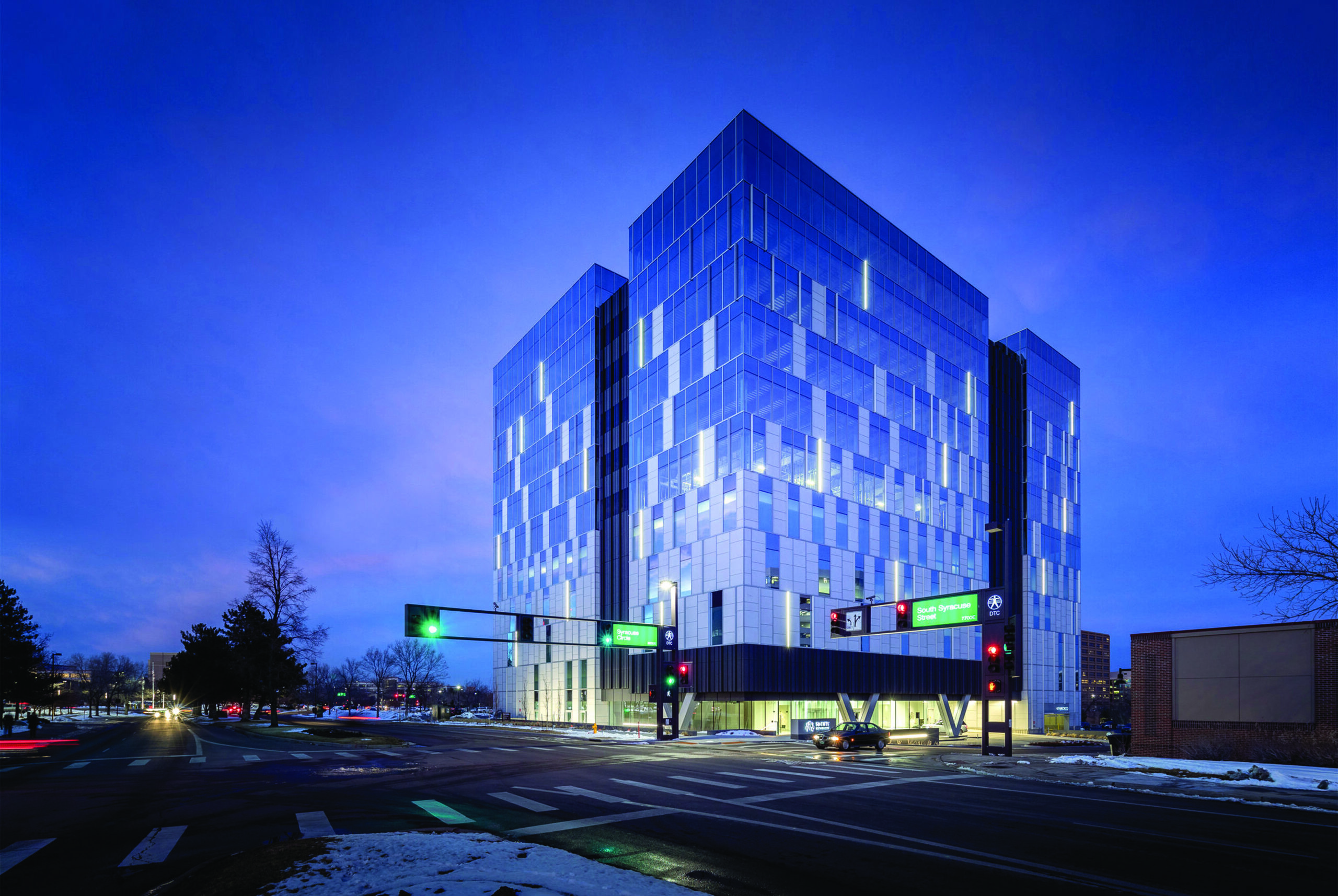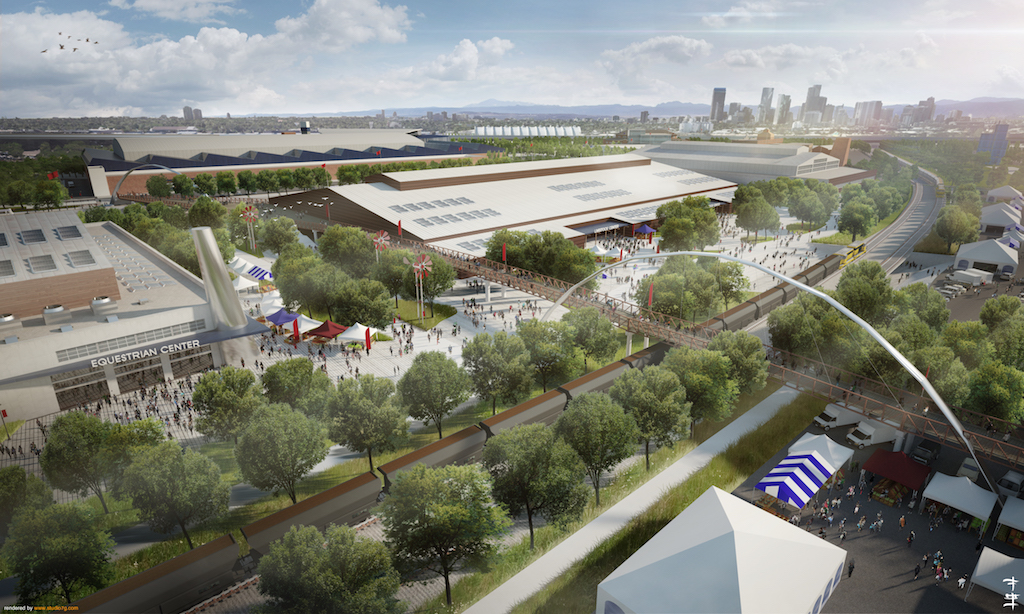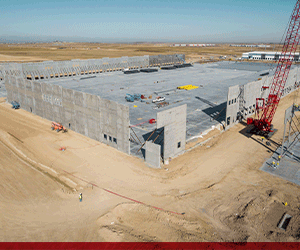
By David Myers, VP of Operations at Corum Real Estate Group
As managers of office buildings, we find ourselves in limbo. We see our tenants on the rent roll, but few bodies in the office. How are we best to support these tenants and maintain the quality of the buildings that we manage?
Unfortunately, this phenomenon is not likely to go away any time soon. Companies must grapple with right-sizing their space(s) and compete to attract and retain the best talent, which now often requires at least a hybrid or “flexible” schedule. Traditional measurements, test fits, or designs, no longer fit the mold. Yet if companies want to have all their people in the office, even just once a week, that means having enough space to seat everyone. Does that make business sense? Each company will have to figure that out on its own.
We should expect this conundrum to drag on for some time. Office leases are typically five to seven years, if not often longer. Leases signed in 2017, 2018, and 2019 are going to be rolling and companies are taking a hard look at who is physically in the office. Unfortunately, there is still a great deal of restructuring that will be taking place, likely well into 2024 or 2025. Until companies can understand and balance employee demand for space, we will continue to see these spaces as unoccupied or underutilized.
So, what does that mean from a property management perspective? If nobody is using the space, then we don’t need to do anything, right? Not so. As a manager, it is even more important that you and your team are routinely checking the unoccupied or underutilized spaces. In “normal” times, with occupied spaces, we take for granted the times that tenants will tell us of leaks, strange smells, broken lights, or an HVAC unit that has stopped working. But if nobody is in the space? This feedback is gone, too. Managers and their building engineers need to walk these spaces, turn on the lights, test the equipment, check the p-traps, turn on the faucets and “test” the space as if it were still in tenant use.
These additional tasks need to be added to the regular PM schedule the team is accustomed to performing. Sure, this adds additional work. But it preserves the functionality of the equipment in the building and will catch potential issues early before things get out of hand.
Despite low occupancy, managers need to focus on continuing to provide the same level of service and experience (or more) that tenants are accustomed to, no matter how many people are physically there. It is easy to become complacent with low occupancy and few work orders. But now is not the time to let the building standards slip. Quality and consistency are always valued.
As buildings compete to retain and attract new tenants and companies right-size, management services and capabilities will be highlighted as an amenity. Hospitality level service expectations of office tenants will continue to grow. This concierge level of service for office tenants is growing. Managers will need to be capable of providing this elevated level of service while managing vendors, work orders, TI, and capital projects, not to mention financial reporting and accounting.
Now, more than ever, it’s important that we as managers provide the best possible level of service for our customers, our tenants. Competition over tenants that are reducing their square footage will continue. But distinguishing yourself from the competition through intangible service will help keep, retain, and attract tenants. What nontraditional services can you offer that set your building apart from the competition? Think shoe shining, dry cleaning, scheduling, pet sitting, catering, etc.
And while the next few years will be challenging, those who remain diligent in maintaining the “un”-occupied spaces, a high level of service, and/or expand on the services they currently provide will be well positioned to grab the tenants that have figured out their space needs when the time arises.
Corum Real Estate Group is a Denver-based real estate firm specializing in property management, development, and asset management services. The company develops, manages, and invests in office, industrial, and multifamily properties that span the Denver metro area and into Colorado resort locations. In addition to Denver, its current portfolio includes properties in Vail, Beaver Creek, Avon, Edwards, Steamboat Springs and Breckenridge. Founded in 1986, Corum’s clients value the company’s local expertise along with the service that comes from working directly with its experienced staff. Questions or management inquiries can be directed to David Myers VP of Operations, at davidm@corumreg.com









